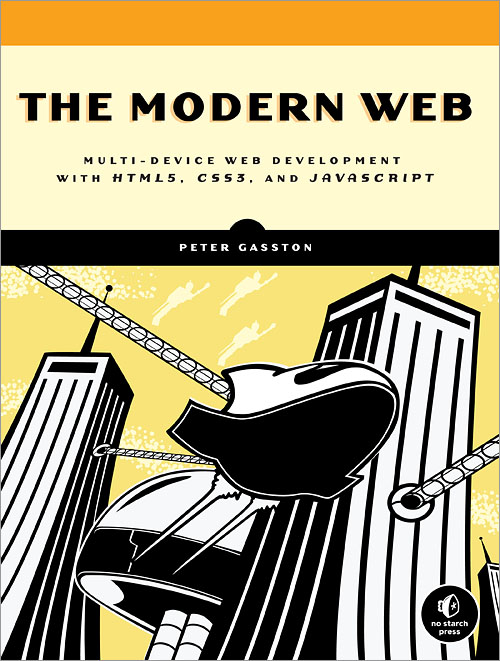Every industry evolves and changes over time. New techniques are adopted, radical theories are introduced, and better tools become available. And because no one wants to be left behind, the successful practitioner devotes time and energy to keeping their knowledge and skills up to date. Ideally, this drive to keep current is all about one’s passion for their field, but if we’re being honest, it’s also about a desire to maintain our relevance and to be competitive in future job markets.
This all holds true for web developers, it’s just that the rate of evolution and change is about 70 times faster than in any other industry. By it’s very nature, technology moves quickly, but the mass adoption of smartphones, tablets, smart TVs, and even smart smoke detectors in recent years has made the cutting edge more elusive than ever.
In some ways, the Web 2.0 days were easier. Maintaining IE6 compatibility was a real pain, but there were only a handful of browsers to worry about and a single 960-pixel grid layout usually did the trick. Today, our code has to play nicely with all manner of browsers and there’s a push for accessibility and performance like never before. Thankfully standardization has improved and the latest versions of IE don’t make our lives a living hell. We also have more flexible tools at our disposal, but the array of new tools brings with it new choices and new decisions to be made. Not wanting to be left behind, I decided I needed some help in learning about (and choosing from) all the latest technologies to arrive in recent years.
Before I moved to Ecuador, I used to enjoy browsing the programming section at my local Borders. When Borders went under, Barnes & Noble became my default destination. I’d grab a coffee, browse books for an hour or two and, ocassionally buy one or two. It was a good time. But here in Ecuador, I am afforded no such luxury. It’s ebooks or no books.
Over the past 18 months, O’Reilly has become my go-to ebook merchant of choice. The books are DRM-free, sync immediately to my Dropbox (in PDF format) and to my Kindle (in .Mobi format), and they often have 50% off deals. I just bought 3 ebooks this week. I think I’m addicted. But I digress.
Earlier this year, I was feeling a bit behind. In some ways, I was still building sites like it was 2008 and hadn’t fully embraced the latest HTML, CSS, and JS approaches. I went looking for a book that would help bring me up-to-date and I found exactly what I was looking for in The Modern Web by Peter Gasston.

The Modern Web provided exactly what I needed – a look at the latest web technologies from a 30,000 foot level. Published in 2013, the book is well written and a quick and enjoyable read. Enough detail is provided to get your feet wet on the latest practices (media queries, flexbox, working with device APIs) and a wealth of links are provided at the end of each chapter for those who want to dig deeper. Sure, you could discover all of these things on your own, but the great thing about this book is that it puts everything in one place. You’re free to pick and choose which technologies you’re looking to adopt and which you’d rather leave behind.
As always, work will need to be done to support aging browsers, but we no longer need to develop for the lowest common denominator. This book shows how to code for the modern web and it has already changed how I approach and build websites.